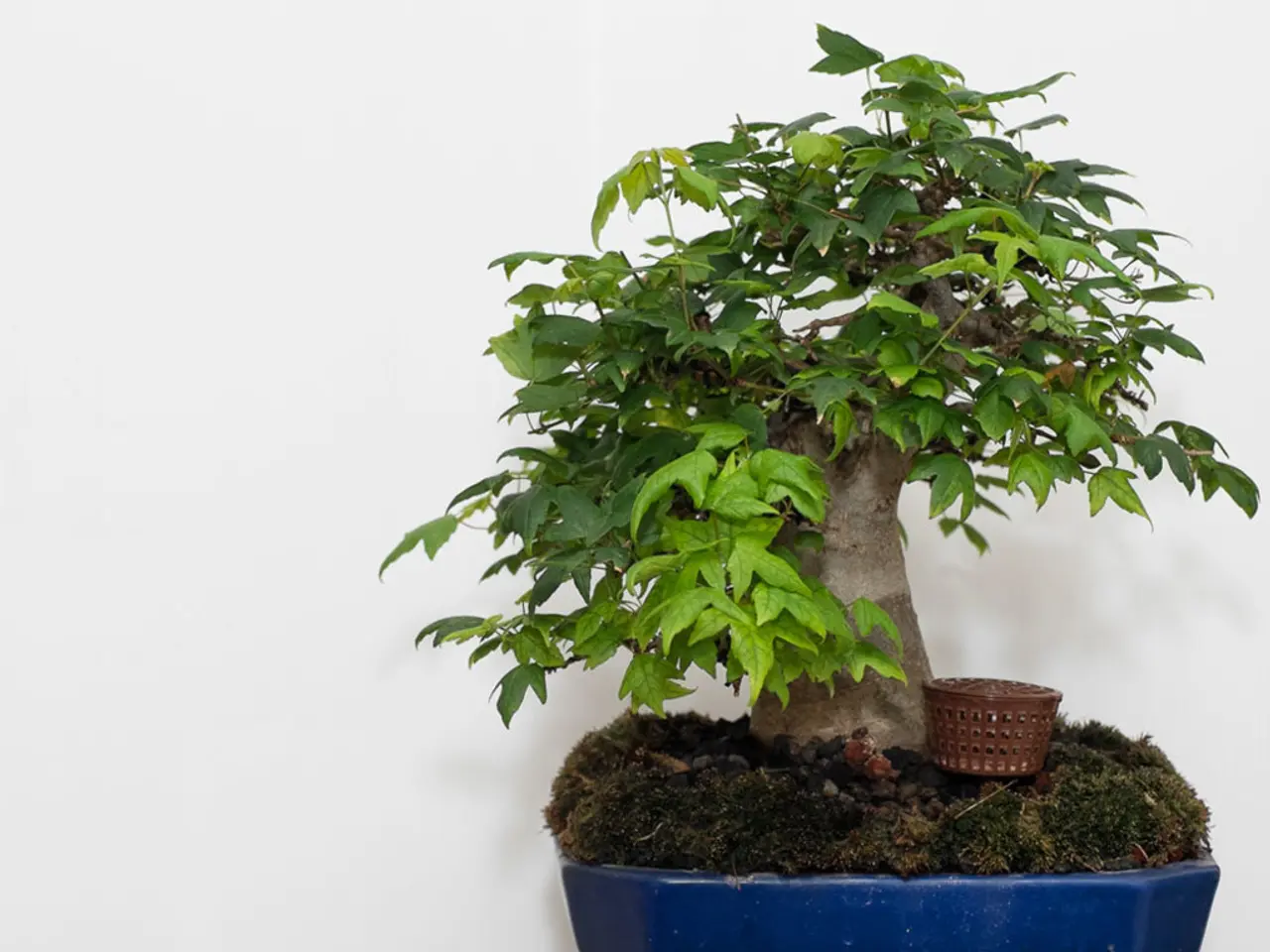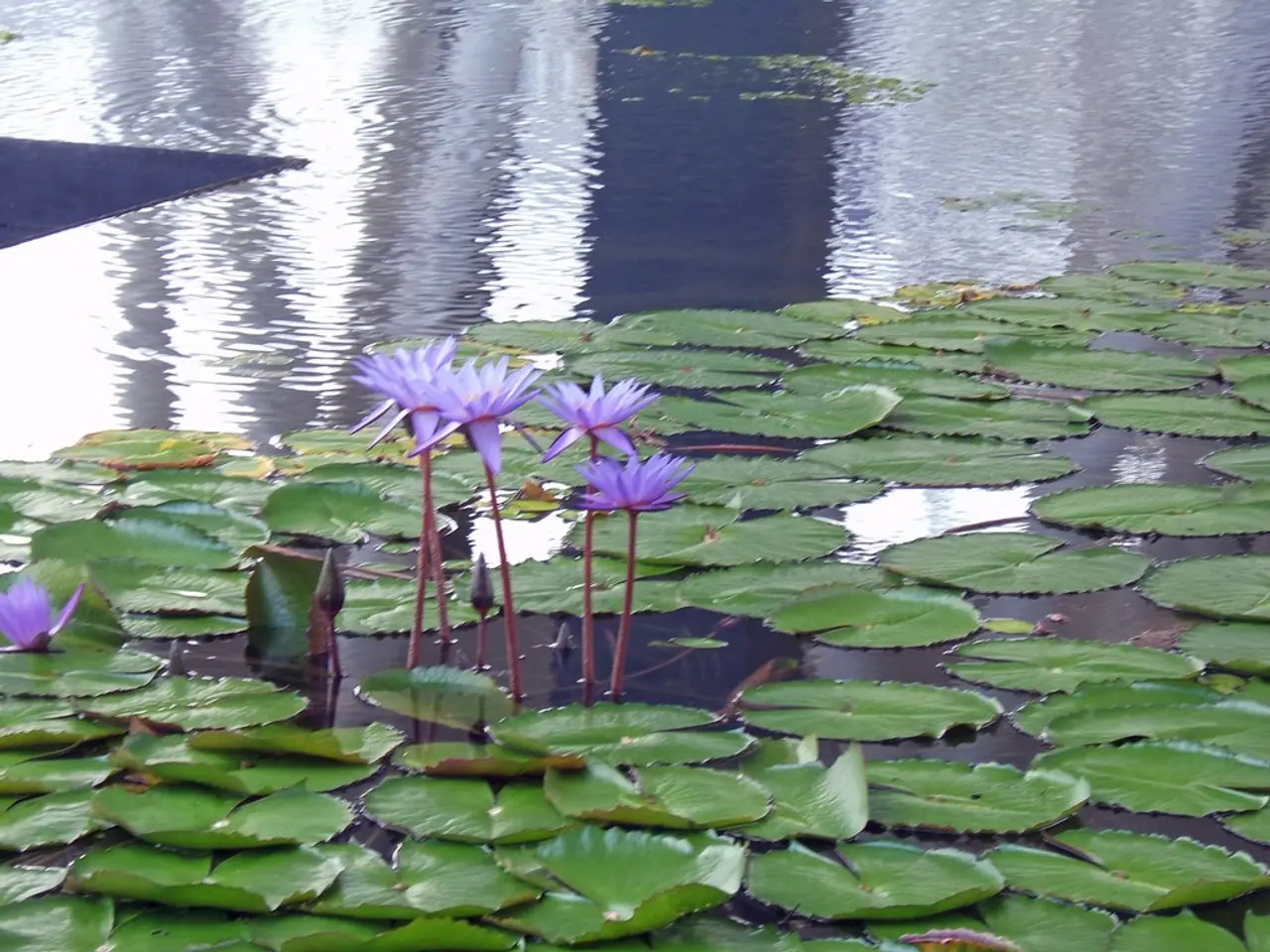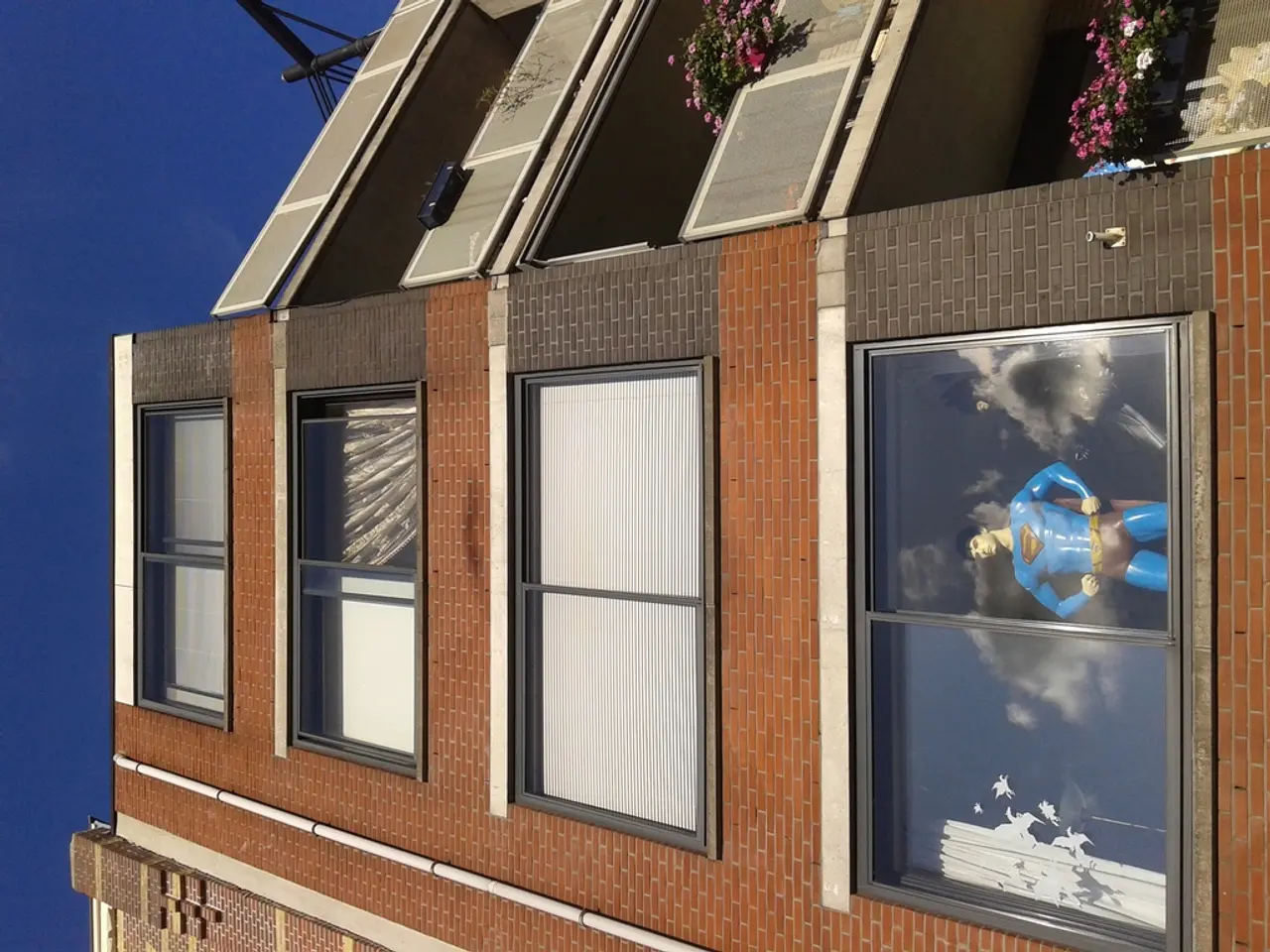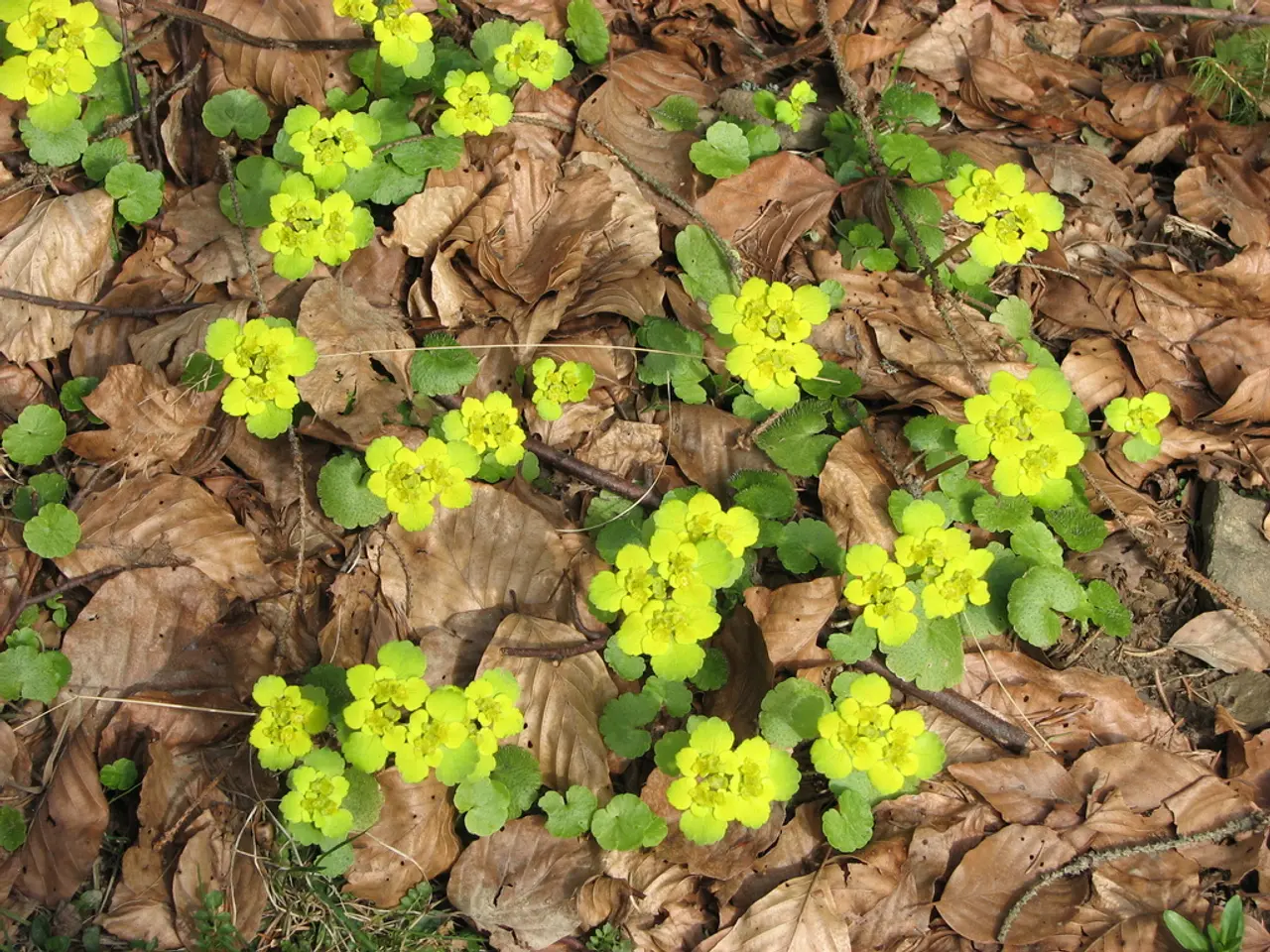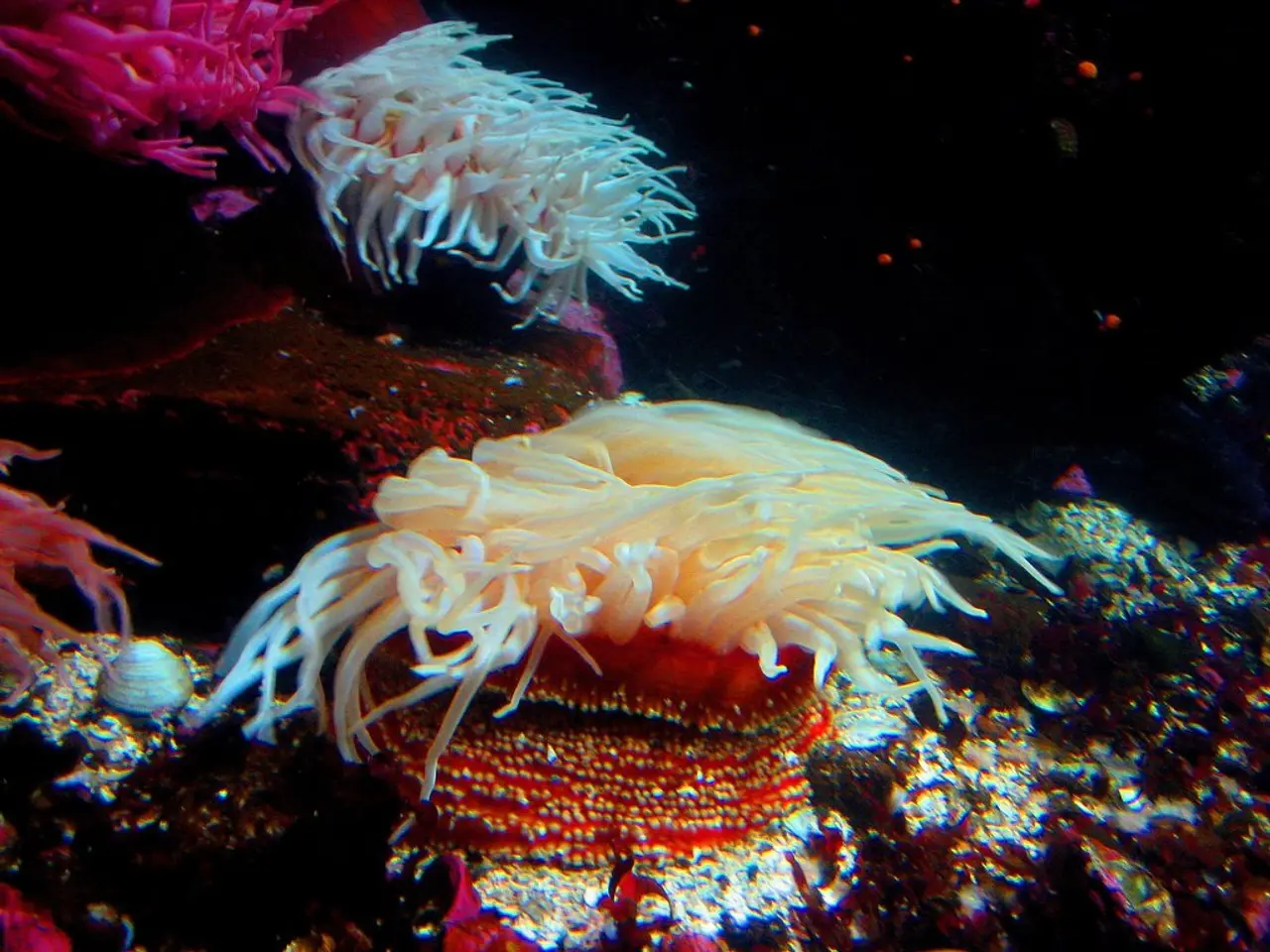Top 7 Outstanding Perennials Thriving in Montana's Climate
A Laidback Guide to Montana's Best Perennials
Gardening in the rugged state of Montana comes with its own set of challenges: a short growing season, extreme temperatures, and dry conditions. But don't fret! By selecting perennials that are tough enough to take on Old Man Winter and thrive in the dry, sunny summers, you can create a beautiful, sustainable garden that requires minimal upkeep. Here, we'll cover some resilient perennials that not just survive, but flourish in the Great Northern Plains. We'll also dish out some handy gardening tips and tricks, ensuring a successful garden, no matter your green thumb level.
So buckle up, budding gardeners, and let the flower power commences!
Perennials that Help Mother Nature Blossom
1. Lavender's Blue Encounter
Montana's gardens adore lavender, and for good reason! It's fragrant, attracts pollinators like the wind attracts … well, everything, and its silvery foliage contrasts beautifully with its purple blooms. Just pop it in a sunny spot with well-drained soil, and it'll thank you with color and the scent of relaxation for years to come. And hey, bonus points, lavender's natural oil keeps those pesky critters at bay.
To ensure your lavender is lavish and lavender-y, plant it on a slight incline or raised area to prevent water-logging. Keep in mind, lavender's pretty particular, so commit to a minimum watering schedule; it prefers the dirt to dry out between sessions. And always remember to trim and deadhead its flowers after they've bloomed, 'cause no one wants a ladies' choir when it should be a symphony.
2. Let it Snow in Summer
This tough, unassuming plant is perfect for gardens that experience their fair share of drought and dry spells. With a carpet of pure white flowers that bloom in early summer, Snow-in-Summer attracts beneficial insects like bees, creating an eco-friendly haven. A common gardening faux pas? Planting this darling in overly rich soil. Go easy on the nutrients, and watch it thrive in well-drained soil.
Tip: If you're contemplating landscaping ideas, oriental poppies make excellent companions. Just be sure to give credit where credit is due when sharing your gardening tips (looking at you, MSU Extension.)
3. Take a Stroll Down Fields of Flax
This hardy native improves both your garden's aesthetic and local ecosystem. With delicate sky-blue flowers, flax adds a soft, calming color palette to your yard. Flax fares well in full sun and tolerates strong winds and dry spells. It self-seeds, ensuring year-after-year beauty with minimal effort. And, as a cherry on top, flax is a pollinator magnet!
Do remember, though, flax dislikes soggy soil – surely, you don't want to drown your little lovelies. Plant them in well-drained soil, 'cause naturally deep-rooted flax is a champ at reaching water reserves. And steer clear of heavy clay soils, as they can cause that dreaded wet, soggy situation.
4. Core for Coreopsis
Looking to fill your garden with vibrant, uninterrupted color from summer through to early fall? Coreopsis is your new bestie! Hardy and heat-tolerant, coreopsis blooms bright yellow flowers throughout the summer, attracting a swarm of pollinators. Coreopsis loves full sun and well-drained soil, making it a perfect pick for Montana's short growing season.
Keep your care for coreopsis minimal; just deadhead spent blooms to promote further flowering. One thing to remember? Opt for light hands when fertilizing, as over-fertilizing can lead to weak, leggy growth.
5. We Love Daylilies!
Gardeners of all levels adore daylilies for their sheer ease of care and endless blooming of vibrant, eye-catching flowers. Daylilies are tough creatures, thriving in both full sun and partial shade. They will brighten your yard with orange, pink, or many other shades of blooms, all year-round.
Once established, daylilies require minimal watering and pull through dry summers like champs. Just remember: planting these lovelies in poorly drained soil can spell disaster. Ensure the soil is well-drained, and watch your daylilies blossom into a perennial powerhouse.
6. Blanket Your Garden in Color
Want to add some vivacious hues to your garden? Look no further than the Blanket Flower! With its bright yellow and orange blooms, this resilient plant thrives in sunny conditions and well-drained soil. Blanket Flowers shine from early summer to fall, extending the color of your garden through the entire season.
Once established, your Blanket Flowers will typically thrive thanks to their drought tolerance and ability to adapt to Montana's unpredictable weather. To maintain their beauty, prune or deadhead spent blooms, and keep those vibrant colors radiating in your garden.
7. Alfalfa: Foraging or Flower Power?
You might know alfalfa as a foraging crop, but this versatile plant also proves itself as a beautiful addition to the garden. Alfalfa provides nitrogen to the soil, improves overall health, and blooms with beautiful purple flowers. It tolerates poor soil conditions and thrives in full sun. Its high drought tolerance makes it a minimal watering, busy gardener's dream.
Plant alfalfa in well-drained soil and watch it flourish. Caution: Alfalfa dislikes being in the shade, so make sure it basks in the bright, hot Montana sun.
In Conclusion
Choosing the best perennials for Montana's unique climate includes favoring low-maintenance, drought-tolerant species that offer is a plethora of colors, while nourishing pollinators and improving soil health. Species like lavender, flax, and daylilies not only survive the challenging conditions, but also provide a sense of effortless beauty and local ecological importance.
As agricultural and horticultural research institutions like MSU Extension remind us, it's essential to consider how our perennials fit into our landscaping designs, while respecting varying cultural backgrounds and individual beliefs. After all, gardens are spaces created for enjoyment, so let's make them inclusive, welcoming places that blossom in more ways than one.
Happy gardening, Montana! May your front yards bloom with goodness, and your backyards brim with relaxation. Not everything that grows in Montana has to be edible – sometimes, the tastiest fruits are simply beautiful to behold.
- By including lavender, snow-in-summer, flax, coreopsis, daylilies, blanket flower, and alfalfa in their garden, homeowners can create a home-and-garden lifestyle that adds sustainable beauty to their landscapes while providing natural habitats for pollinators.
- To maintain an easy-going and eco-friendly lifestyle, Montana gardeners might find joy in working on home-and-garden projects centering around gardening with perennials especially designed for the state's environment, such as those mentioned in this guide, resulting in a spectacular blend of home-and-garden, home-and-nature harmony.

